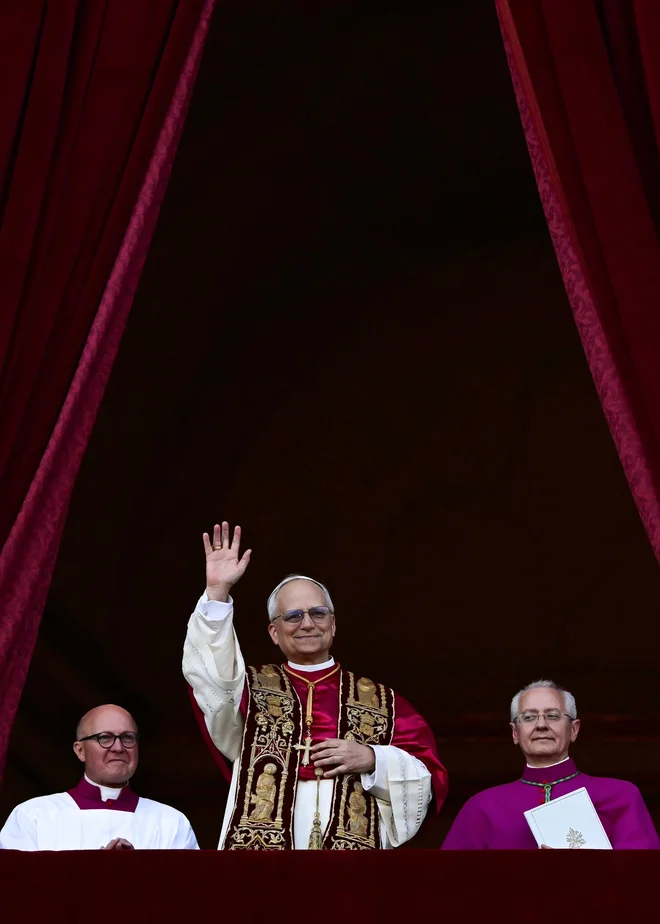Returning to a stunning waltz rhythm
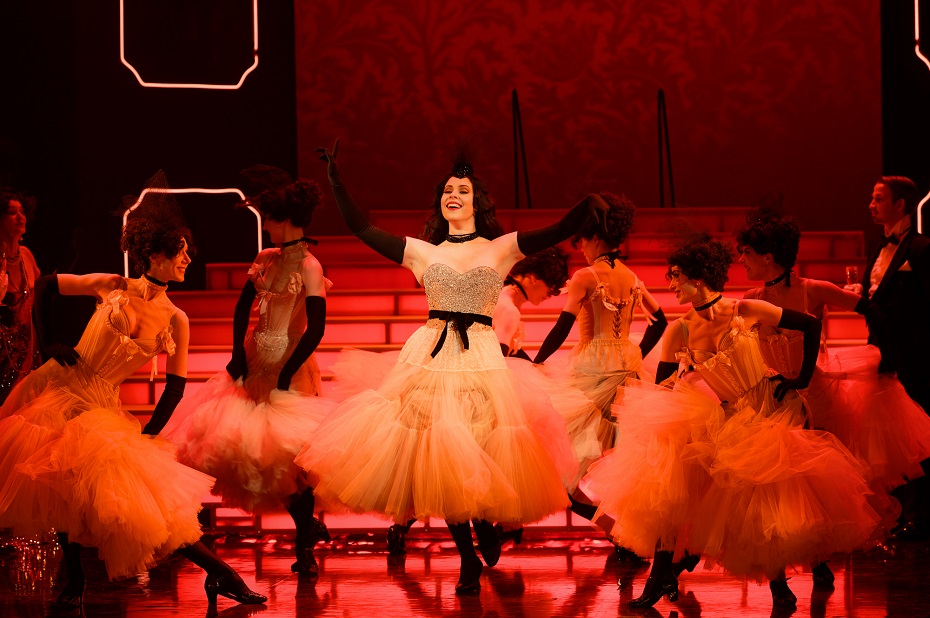
The new version of the operetta, directed by Victoria Streiča and decorated with Juozas Statkevičius’ costumes, only confirmed that the confusing and funny operetta storyline, ornate, sensual and dreamy music really engages, excites, does not play until the last moment.
Triumph of newcomers
On March 27 and 28, the excitement of the premiere of the « Happy Widow » was in the air-not only the new version of the entire operetta, but also two soloists, who first performed the lead roles-Gabriele Kuzmickaite, who had been able to have a temperamental role of Hana Glavari, and March 28. Regimantas Gabšys, who became Count Danilovich.
I was surprised, fascinated, and sometimes even a scream was forced by the owner of the rich bariton, R. Gabšys. G. Kuzmickaite had some time to empathize with the role, relax, unfold, and R. Gabšis walked as a pipe from the very first chords – pulling both his ear and eye, and distincted from the context.
Movement: Mr Osadchenko, who debuted the role of the choreographer, turned the dance into a part of the narrative. Photo by M. Alexa
He was impressed by his performances in the lyrical vocal solo scenes, duets, and in acting and mass scenes alone. R. Gabšys revealed the dynamics of his character in full, both at the voice and at the performative level.
The other composition of KVMT soloist Andrius Apšega interpreted the character of Count Danilovich differently – he highlighted his self -love and exuberance more, but at the end of the performance he revealed the gentle, lyrical side of the character.
The charming Hana Glavari (G. Kuzmickaitė) on the first evening may have hidden in the shadow of Viktorija Zeelikovičiūtė (Valensjena), but during the second performance, she had a much more free and convincing role, subtly revealed her character and lyrical nuances of voice, and just wanted to listen to the final love scenes.
Everyone wants to love and be loved – both on stage and in life. While watching the final scenes of the operetta, I did not doubt it and almost believed that not only Hana Glavari, but also G. Kuzmickaite would remain with the charming Count Danilovich and love after the performance.
Character carousel
There are a lot of bright characters in the « Merry Widow ». The aforementioned V. Zeelikoviciute (Valensiena) was a good impression: her high voice timbre, coquettishness and elegance created a portrait of a shredd woman. In the other composition Iveta Kalkauskaitė interpreted Valensjena’s character in a completely different way – the attention of Kamil de Rosyon was captivated by tenderness, romantic nature.
The first composition (Tomas Pavilionis in the first contains, Egidijus Bavikinas in the second), as much as the Kaleidoscope of the Bright Operetta, the role of the sticky lover was played by E. Bavikin. The flags of the comic characters were represented by grandparents Baronas Mirkas Cėta (Gediminas Maciulevičius and Jean Voronov), Bogdanovic (Giedrius Prunskus and Jonas Lamauskas), Kromovas (Ramūnas Šimukauskas and Dainius Bervingis) and young man Njegušas (Vygantas Bemovas). The latter seemed disturbed at the beginning, but in the second part of the operetta, he discovered his identity quite symbolically: when Njegush visited Maxim, not only Njegush, but also Beemov himself gained confidence.
Lush: Thanks to the creators of KVMT, there are no irrelevant roles in the operetta – each bright, complementary with colors and emotions. Photo by M. Alexa
Focus on detail
Although I am not a big fan of the operetta or the lighter content of the stage in general, KVMT productions are always fascinated by sincerity (which is sometimes difficult to materialize, but I miss this hard -to -explain coziness in other musical theaters), well and accurately exhausted at the scene space, good pace and rhythm of the performance (I think not musical. It really helps the viewer to get involved in the stage and not to mock the clock.
The « fun widow » is no exception. Although the first evening of the premiere was some such problems, mass scenes inaccuracy, lack of synchron, some of the characters seemed distrustful, the second day, like a colorful kaleidoscope, the rotary action did not give you a chance to breathe or get bored. It has long been no questions that theater choir master Rasa Vaitkevičiūtė, choreographers (this time Valerijus Osadchenko) and scenographers (Vaidotas Jakutis) perform their tasks in a very professional way: carefully and accurately. There was no shortage of colors orchestra (conducted by Jonas Janulevičius).
Glossy, ornate, even, I would say, to some extent, the costume created by J. Statkevičius, subtly, subtly responded to the sentimental scenery. Dresses, hairstyles and makeup in such performances often fulfill my expectations in one way or another, but this time it was simply impossible not to overlook the details – for example, in mass scenes, the underwear (more precisely their imitation) of the Grzeches who dance to Kankan have highlighted eroticism but avoided vulgarity. The same can be said for her ladies’ suits. There are many spectacular costumes that do not necessarily find a connection with the bodies wearing them in the theater. This time the costumes were a kind of sequel to the actors, an important part of the characters they create.
« Merry Widow » is a very nice performance about love, which even collapses with romantic tones. Photo by M. Alexa
Tradition and modernity
The new KVMT « Merry Widow » is a very nice performance about love, which even collapses with romantic tones. Visual, directing decisions and musical interpretation maintain respect for tradition (I can think that there are quite a few allusions to the previous productions of this work in this theater, although I have not seen the KVMT of « Happy Widows » before).
However, the aesthetics of the sophisticated aesthetics were somewhat missed by the reflection of simultaneous social / political context, which is filled with the operetta material itself. For example, in the famous Hana song (« Vilija, William »), I started to imagine visual motifs of Lithuanian folklore, mythology or nature, and the folk costumes of the imaginary Marsovian country – as national Lithuanian clothes.
Of course, it is not necessary to surrender to the trends of contemporary theater by politicizing everything, raising serious problematic questions, or turning the theater into a moral institution, as it can also respond well to escapist function, but a stronger feminist director, which I always associate with the image of a strong and emancipated woman, would be interesting to me.
In summary of the new reflection of the new « Fun Widow », the idea that classics and beauty never get old, especially if they are in touch with tradition, are associated with good experiences that have already occurred. On the other hand, it is not always easy to interpret it – I would say, even very risky, as it is at risk not to meet the audience’s expectations.
In this case, half of the tradition and modern glance was maintained quite subtly, and the emphasized glamor, sentimentality, and young performers entrusted the main roles, reinforced the performance, gave it vitality, and from the reactions of the audience sitting around the surrounding audience. I do not know how this « cheerful widow » was appreciated by the part of the audience who watched its previous productions at KVMT, but to me it was refreshing, engaging and cute.

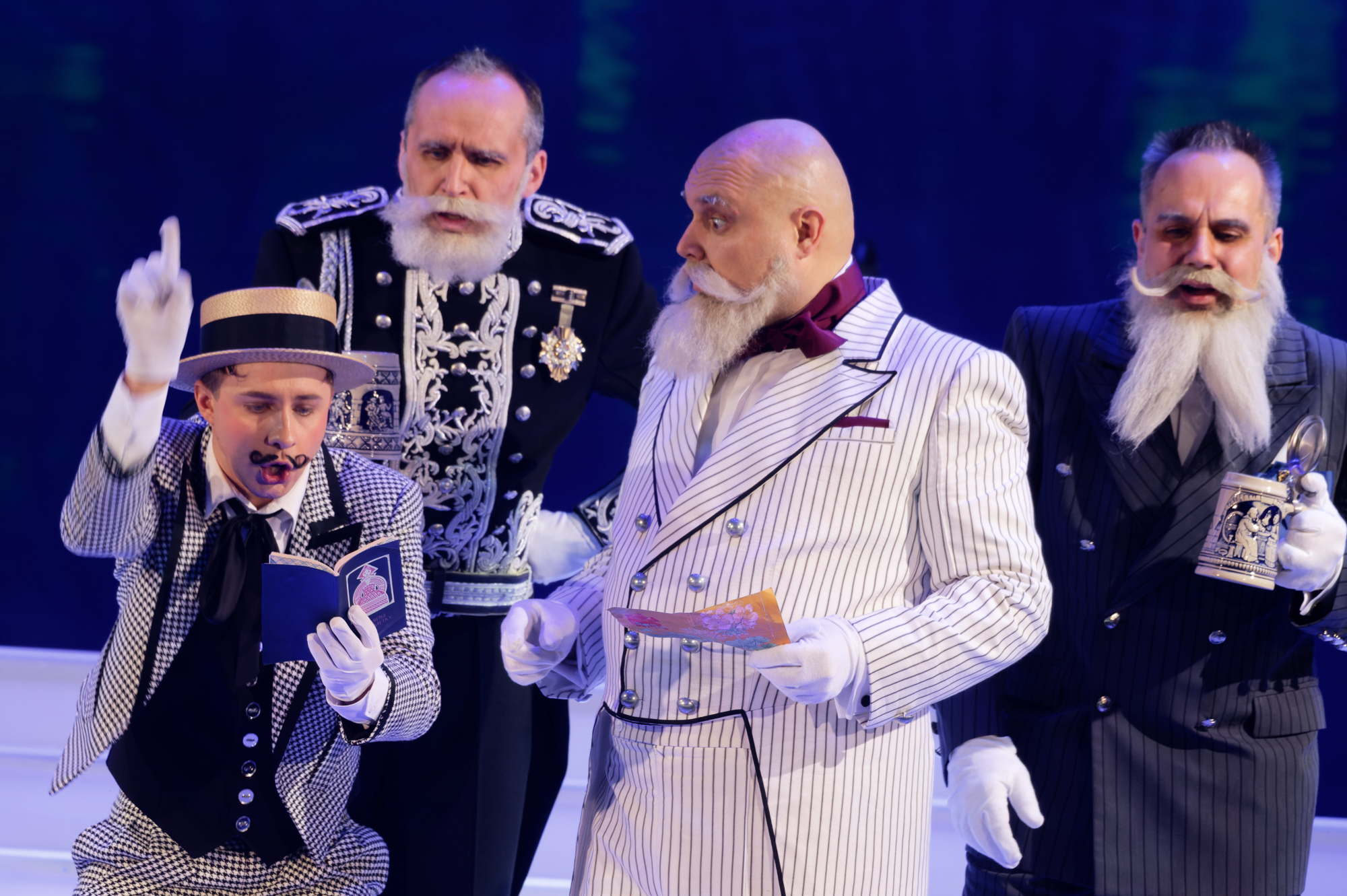
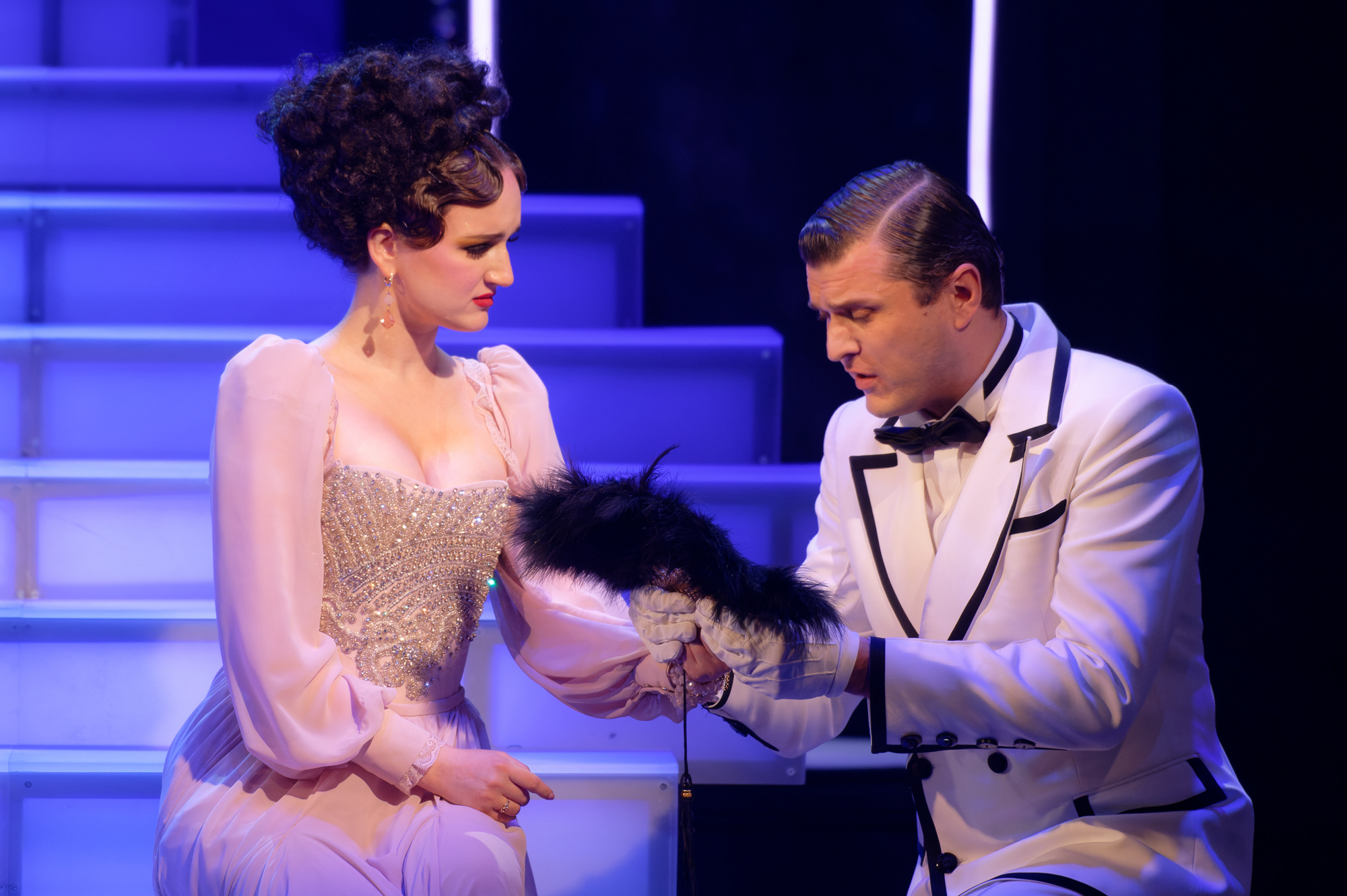
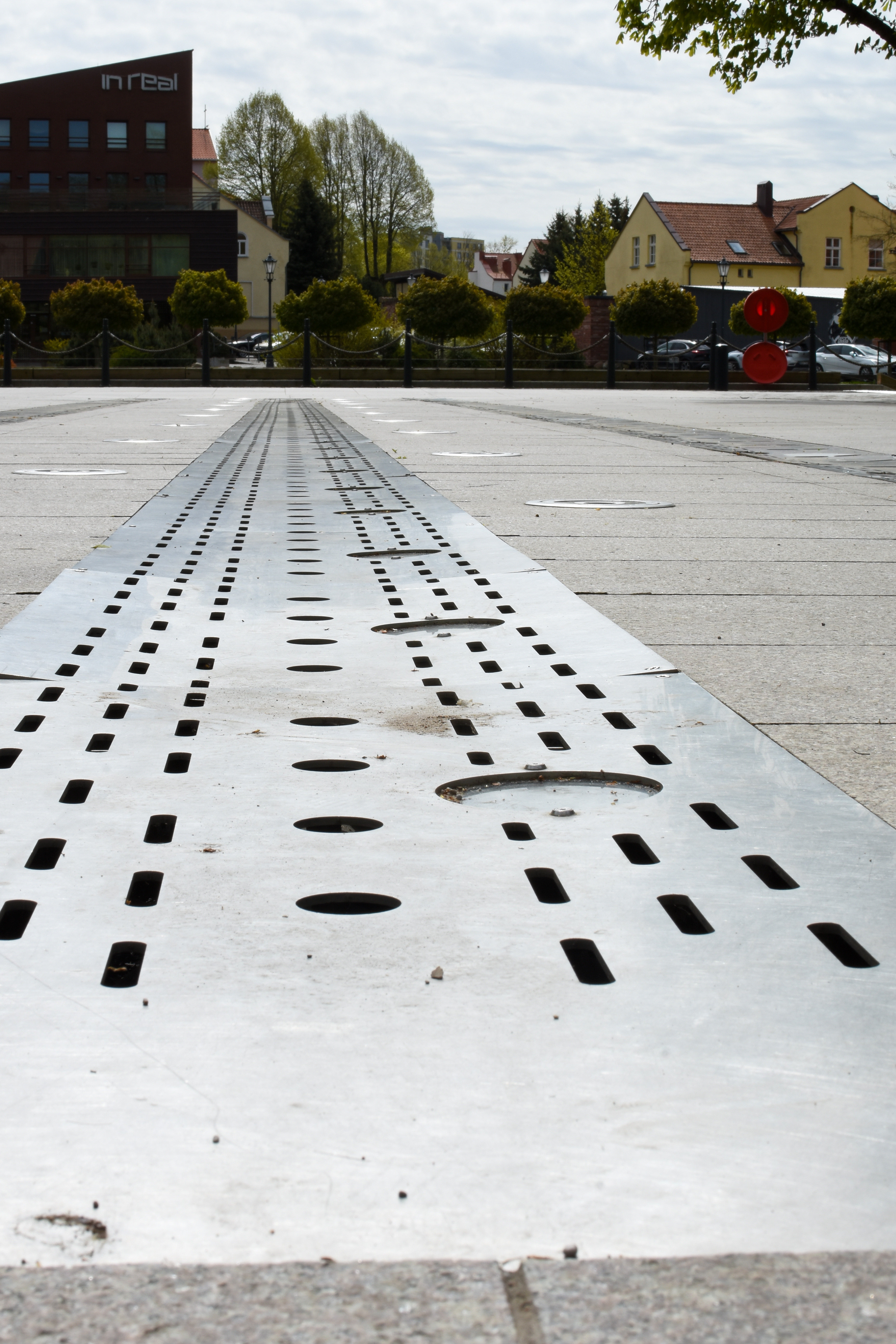


:format(jpeg):fill(f8f8f8,true)/s3/static.nrc.nl/wp-content/uploads/2019/10/youp5bij3.png)

